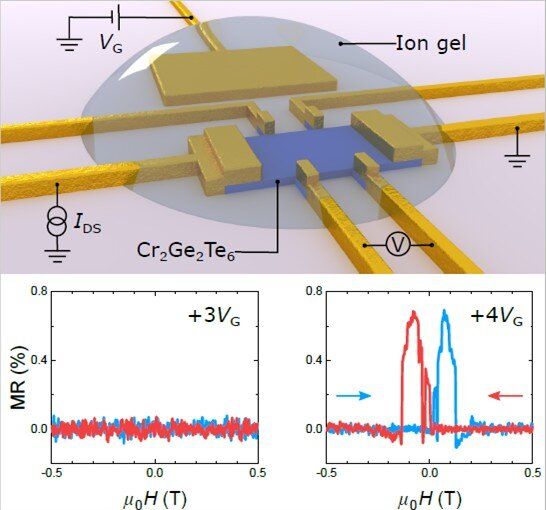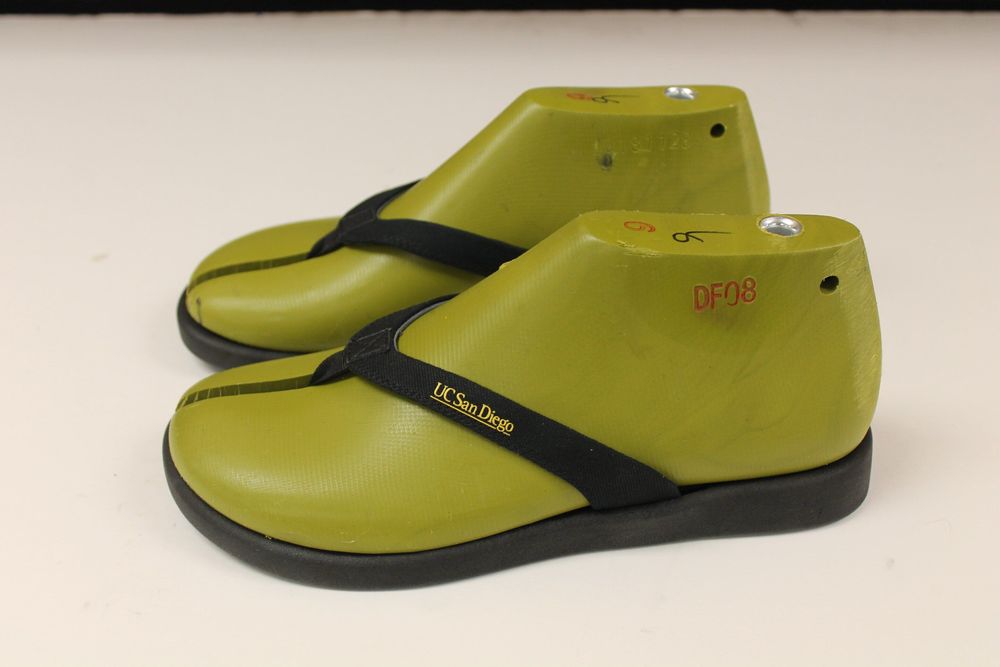
NUS physicists have demonstrated the control of magnetism in a magnetic semiconductor via electrical means, paving the way for novel spintronic devices.
Semiconductors are the heart of information-processing technologies. In the form of a transistor, semiconductors act as a switch for electrical charge, allowing switching between binary states zero and one. Magnetic materials, on the other hand, are an essential component for information storage devices. They exploit the spin degree of freedom of electrons to achieve memory functions. Magnetic semiconductors are a unique class of materials that allow control of both the electrical charge and spin, potentially enabling information processing and memory operations in a single platform. The key challenge is to control the electron spins, or magnetisation, using electric fields, in a similar way a transistor controls electrical charge. However, magnetism typically has weak dependence on electric fields in magnetic semiconductors, and the effect is often limited to cryogenic temperatures.
A research team led by Prof Goki EDA from the Department of Physics and the Department of Chemistry, and the Centre for Advanced 2-D Materials, NUS, in collaboration with Prof Hidekazu KUREBAYASHI from the London Centre for Nanotechnology, University College London, discovered that the magnetism of a magnetic semiconductor, Cr2Ge2Te6, shows exceptionally strong response to applied electric fields. With electric fields applied, the material was found to exhibit ferromagnetism (a state in which electron spins spontaneously align) at temperatures up to 200 K (−73°C). At such temperatures, ferromagnetic order is normally absent in this material.


















